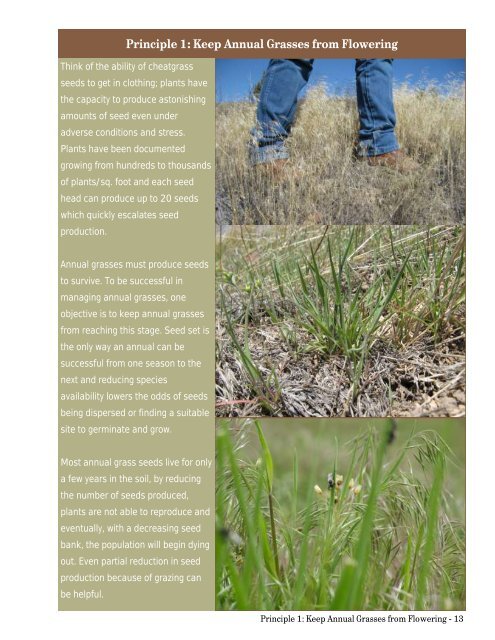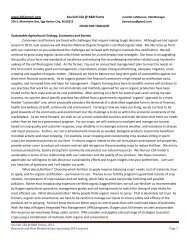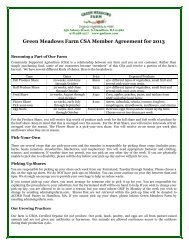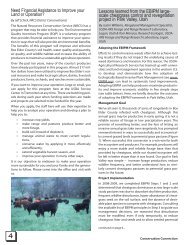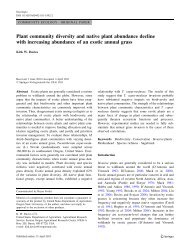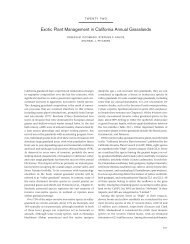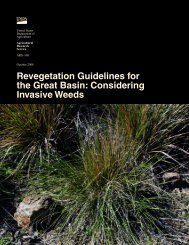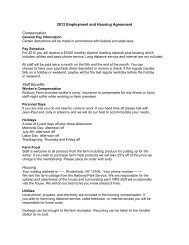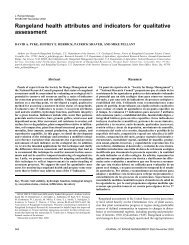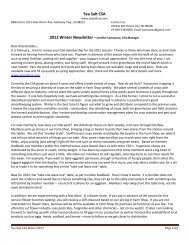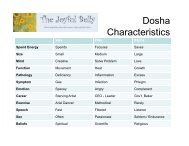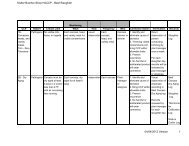“Green and Brown” Grazing Strategy
“Green and Brown” Grazing Strategy
“Green and Brown” Grazing Strategy
Create successful ePaper yourself
Turn your PDF publications into a flip-book with our unique Google optimized e-Paper software.
Principle 1: Keep Annual Grasses from Flowering<br />
Think of the ability of cheatgrass<br />
seeds to get in clothing; plants have<br />
the capacity to produce astonishing<br />
amounts of seed even under<br />
adverse conditions <strong>and</strong> stress.<br />
Plants have been documented<br />
growing from hundreds to thous<strong>and</strong>s<br />
of plants/sq. foot <strong>and</strong> each seed<br />
head can produce up to 20 seeds<br />
which quickly escalates seed<br />
production.<br />
Annual grasses must produce seeds<br />
to survive. To be successful in<br />
managing annual grasses, one<br />
objective is to keep annual grasses<br />
from reaching this stage. Seed set is<br />
the only way an annual can be<br />
successful from one season to the<br />
next <strong>and</strong> reducing species<br />
availability lowers the odds of seeds<br />
being dispersed or finding a suitable<br />
site to germinate <strong>and</strong> grow.<br />
Most annual grass seeds live for only<br />
a few years in the soil, by reducing<br />
the number of seeds produced,<br />
plants are not able to reproduce <strong>and</strong><br />
eventually, with a decreasing seed<br />
bank, the population will begin dying<br />
out. Even partial reduction in seed<br />
production because of grazing can<br />
be helpful.<br />
Principle 1: Keep Annual Grasses from Flowering - 13


